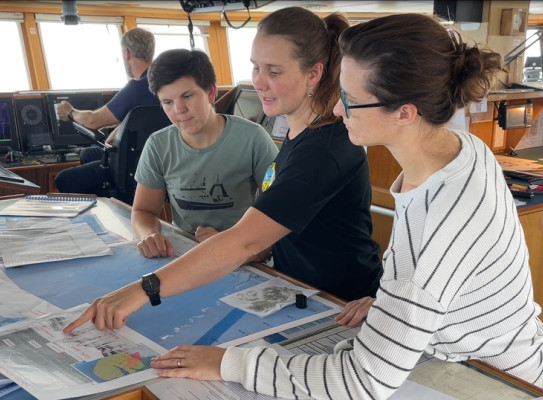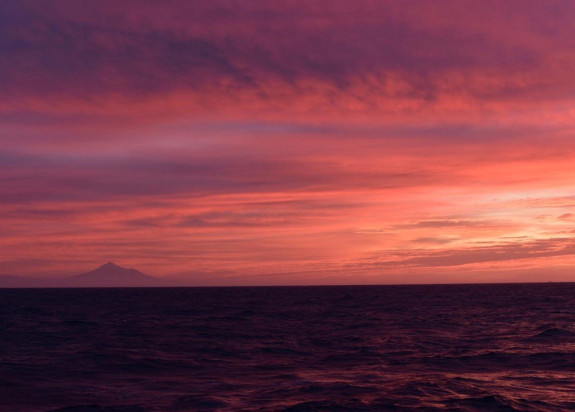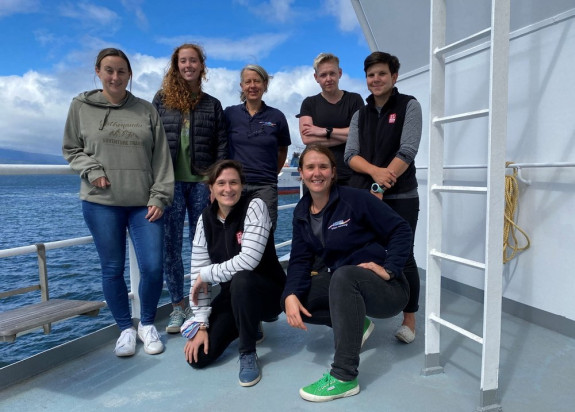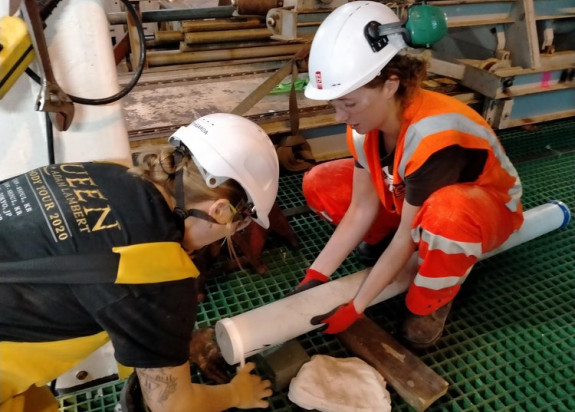
Unearthing ancient landslides deep beneath the seafloor

As an island nation with steep, undersea slopes New Zealand is vulnerable to undersea landslides which can be devastating.
Growing our understanding of undersea landslides that can cause tsunami risk for New Zealand and Eastern Australia is critical to increase the reliability of hazard assessments and help build our preparedness and event response capability.
Aotearoa has around 15,000 kilometres of coastline and as a nation we are taught not to underestimate the power of the sea. We know about tsunami, tai āniwhaniwha, which are often caused by earthquakes and are one of our most dangerous natural hazards. And we know a great deal about earthquakes, and even earthquake-induced tsunami.
But we don’t know a lot about other tsunami sources, including underwater landslides.

Located beneath the sea and often either poorly preserved or rapidly buried by younger sediments, this isn’t surprising. But, as underwater landslides are responsible for about eight percent of tsunamis globally, it is important we learn all we can about them.
With that goal in mind a team led by GNS Science in collaboration with NIWA, Auckland University, University of Newcastle, Australia and Taranaki iwi, Ngāti Tama and Ngāti Mutunga, embarked on a two-year ‘Silent Tsunami’ project in October 2021.
“We know that the Tasman Sea has been subject to five million years’ worth of mega-scale underwater landslides which could have generated devasting tsunamis,” says project lead and GNS Seismic Interpreter, Suzanne Bull.
“These tsunamis likely originated near New Zealand’s western coast and travelled more than 2,000 kilometres to also affect Australia. This is particularly intriguing as western New Zealand is not an area prone to subduction zone seismic activity, which often controls a coastline’s vulnerability to tsunamis.

Our job is to learn all we can about these landslides, which are now buried beneath the modern sea floor. Unravelling that rich history and understanding the story it tells us will help us prepare for the future risks we may face
Many of the world’s continental margins have been imaged using seismic reflection surveying, so there is a lot of information available about the subsurface. Those existing data sets can help to reveal the secrets of the ancient underwater landslides now buried beneath the seafloor. Subsurface geological mapping has identified six very large landslides – one of them, occurring about 1 million years ago off the coast of Taranaki, is the largest underwater landslide ever discovered around New Zealand. It is around 4,000km3 in volume and covers an area larger than the size of Wales.
Science has discovered the slides, but what is still unknown is the nature of the tsunami hazards they likely generated, and how frequently they occur. To forecast recurrence and help build our risk and resilience toolbox, accurate descriptions of the landslides is required. Suzanne and her team of mostly women scientists and academics from across both New Zealand and Australia are working to provide just that.

During two separate voyages in 2021 and early 2022, they mapped nearly 6000km2 of the Tasman Sea floor and collected sediment samples, hoping to better understand how long ago the landslides happened and just how quickly sediment is being deposited today, which may lead to more landslides.
Back home, the team is undertaking numerical modelling, which will use the new descriptions of the landslides and data from the analysis of the sediment samples to develop a baseline hydrodynamic model. This is on track to be completed in September.
The next phase is to run dynamic scenarios simulating the landslides coupled with the water column to simulate resulting tsunami waves. Probabilistic pseudo-Monte Carlo modelling will then be used to account for the variability of several parameters, including water depths and landslide speeds, with model outputs expected to be completed by July 2023.
“We are learning about geological events that have happened over millions of years and we don’t know much yet about the likelihood of recurrence,” Bull explains.
We hope that this undersea landslide research will go a long way to help us predict if further landslides will occur in this area in future, and how we can best prepare to protect our communities, infrastructure and built environments.

